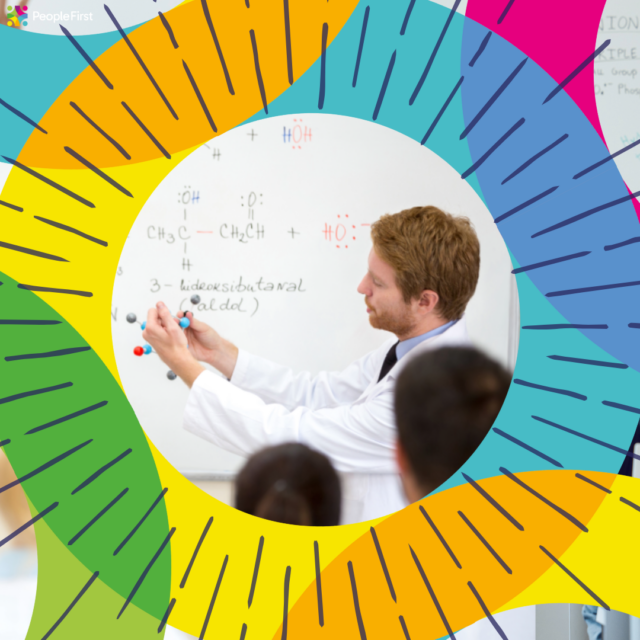
30 May 2024
Coaching to support strategic thinking
Are you wondering how our ‘Work and Wellbeing Coaching’ might support your employees? Explore a a recent anonymised case study to uncover deeper insights on how our work and wellbeing coaching is effectively being used to support strategic thinking in leaders and managers. In this case study a manager explores how they can enhance their professional development programme to support their team to succeed.
Case Study: Enhancing Professional Development for Team Success
Client Background
John, a team leader in a fast-paced tech company, sought guidance on revamping the professional development programme for his team. He expressed frustration with the current approach, which lacked follow-up and failed to make a lasting impact on team performance. Time constraints added to the challenge, making it crucial to design a programme that maximised effectiveness within limited resources.
Session Focus
The coaching sessions with John focused on identifying key areas for improvement in the professional development programme and devising strategies to create a more impactful and sustainable learning experience for his team.
Identifying Key Areas
Through collaborative discussions, John and his coach identified several critical components necessary for effective professional development:
Relevance – Ensuring that development activities align with team goals and individual needs.
Follow-up – Implementing mechanisms for ongoing support and reinforcement to ensure learning translates into action.
Key Takeaways and Commitments – Providing clear takeaways from sessions and encouraging participants to commit to applying new knowledge and skills.
Deliberate Practice – Creating opportunities for team members to practice and refine their skills in a supportive environment.
Cultural Shift – Building a growth mindset culture where employees feel encouraged to take risks and embrace learning opportunities.
Knowledgeable Facilitation – Ensuring facilitators are well-versed in the topics being covered and can provide valuable insights and guidance.
Feedback Mechanisms – Establishing channels for collecting feedback from participants to continuously improve the programme’s effectiveness.
Clarifying Purpose – Communicating the ‘why’ behind the training to create buy-in and motivation among team members.
Working Through Strategies
John and his coach brainstormed practical strategies to address each of these areas, tailoring solutions to fit the unique context and constraints of his team:
Curating Content – Identifying or creating development materials that directly address team objectives and individual skill gaps.
Scheduled Follow-up – Implementing regular check-ins and follow-up sessions to reinforce learning and provide support as team members implement new strategies.
Action Planning – Encouraging participants to set specific goals and action plans during and after development sessions, fostering accountability and application.
Practice Opportunities – Incorporating role-plays, and real-world projects to allow team members to apply learning in a safe environment.
Leadership Modelling – Leading by example, demonstrating a commitment to continuous learning and growth to inspire and motivate team members.
Expert Support – Leveraging internal expertise or external resources to ensure high-quality facilitation and content delivery.
Feedback Loops – Establishing surveys, focus groups, and one-on-one discussions to gather feedback and adjust the programme based on participant insights.
Communication Strategy – Crafting compelling messages that articulate the value and purpose of professional development, fostering enthusiasm and engagement.
Outcomes
By implementing these strategies, John transformed the professional development programme into a dynamic and impactful learning experience for his team. Team members reported feeling more engaged, empowered, and equipped to excel in their roles. The culture of continuous improvement and learning contributed to enhanced collaboration, innovation, and overall team success.
Conclusion
This case study showcases the power of work and wellbeing coaching to support strategic thinking, optimising professional development initiatives for this manager. By focusing on relevance, follow-up, engagement, and continuous improvement, organisations can empower their teams to thrive and achieve their full potential.
Previous Case Studies
Overcoming Meeting Anxiety through Work and Wellbeing Coaching
Need access to coaching to support strategic thinking?
Our tailored employee support services are designed to meet the unique needs of your employees, empowering them to take ownership of their wellbeing and personal growth. By fostering the development of effective wellbeing habits, employees experience a profound impact on their overall satisfaction, resilience, and fulfilment, leading to increased motivation and a positive sense of personal and professional wellbeing. This positive transformation empowers individuals to navigate challenges with greater ease, fostering a more positive and productive work-life experience.
Work and Wellbeing coaching packages start from £349 +VAT. Get in touch to explore our tailored employee support services.
Sign up to our newsletter to gain access to regular People First updates.




